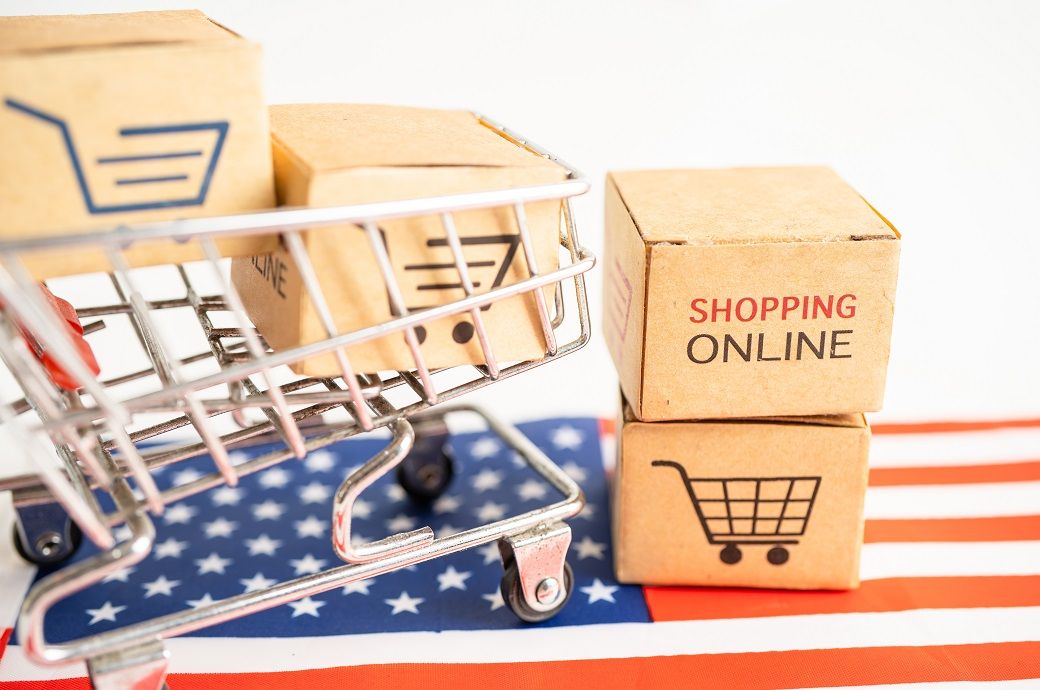
In 2022, 38 days surpassed $3 billion in daily spend this holiday season, on par with last year. For comparison, only 25 days in the 2020 season surpassed $3 billion.
Online sales of apparel and accessories in 2022 holiday season grew 94 per cent compared to pre-season levels in October 2022, as per Adobe.
Across major e-commerce categories, discounts hit record highs in 2022’s holiday season, with apparel discounts peaking at 19 per cent off the listed price, compared to 13 per cent off during 2021 holiday season.
During 2022’s holiday season, 47 per cent of online sales came through smartphones (up from 43 per cent in 2021). Christmas Day (December 25) set a new mobile record, driving the majority of online sales at 61 per cent (up from 58 per cent), as did Cyber Week, where 51 per cent of sales came through smartphones (up from 46 per cent). For years, retailers have struggled to move the needle on mobile shopping, and the strong growth this season shows that investments made in improving the experience are beginning to pay off.
In an uncertain economic environment, shoppers explored new ways to manage their budgets. In the holiday season overall, buy now pay later (BNPL) orders rose 4 per cent when compared to 2021. Revenue, however, decreased by 2 per cent, indicating that shoppers are increasingly using BNPL for smaller shopping carts.
The fulfillment method was used in 21 per cent of online orders this holiday season (for retailers that offer the service), down slightly from 23 per cent in the year prior. From December 22 to December 23 (right before Christmas Eve), curbside pickup peaked at 42 per cent of online orders, with anxious shoppers using the service to get gifts in time. Curbside has cemented itself as a major fulfillment method, providing brick-and-mortar retailers new ways to drive value from their physical storefronts.
Fibre2Fashion News Desk (DP)